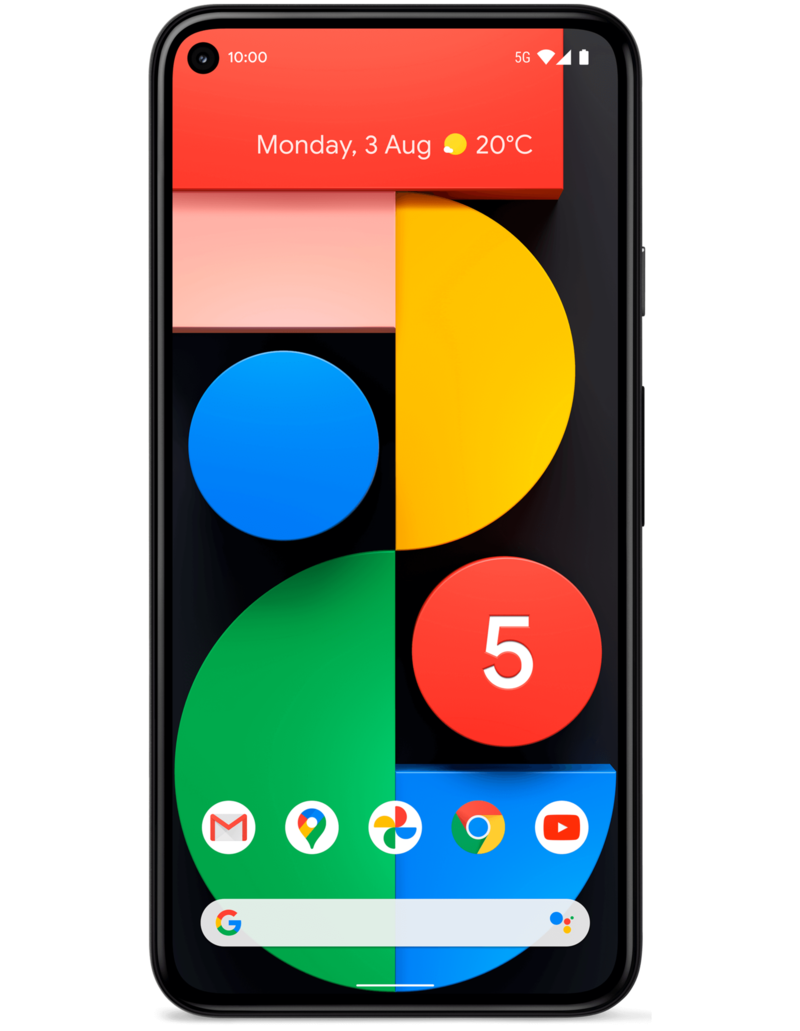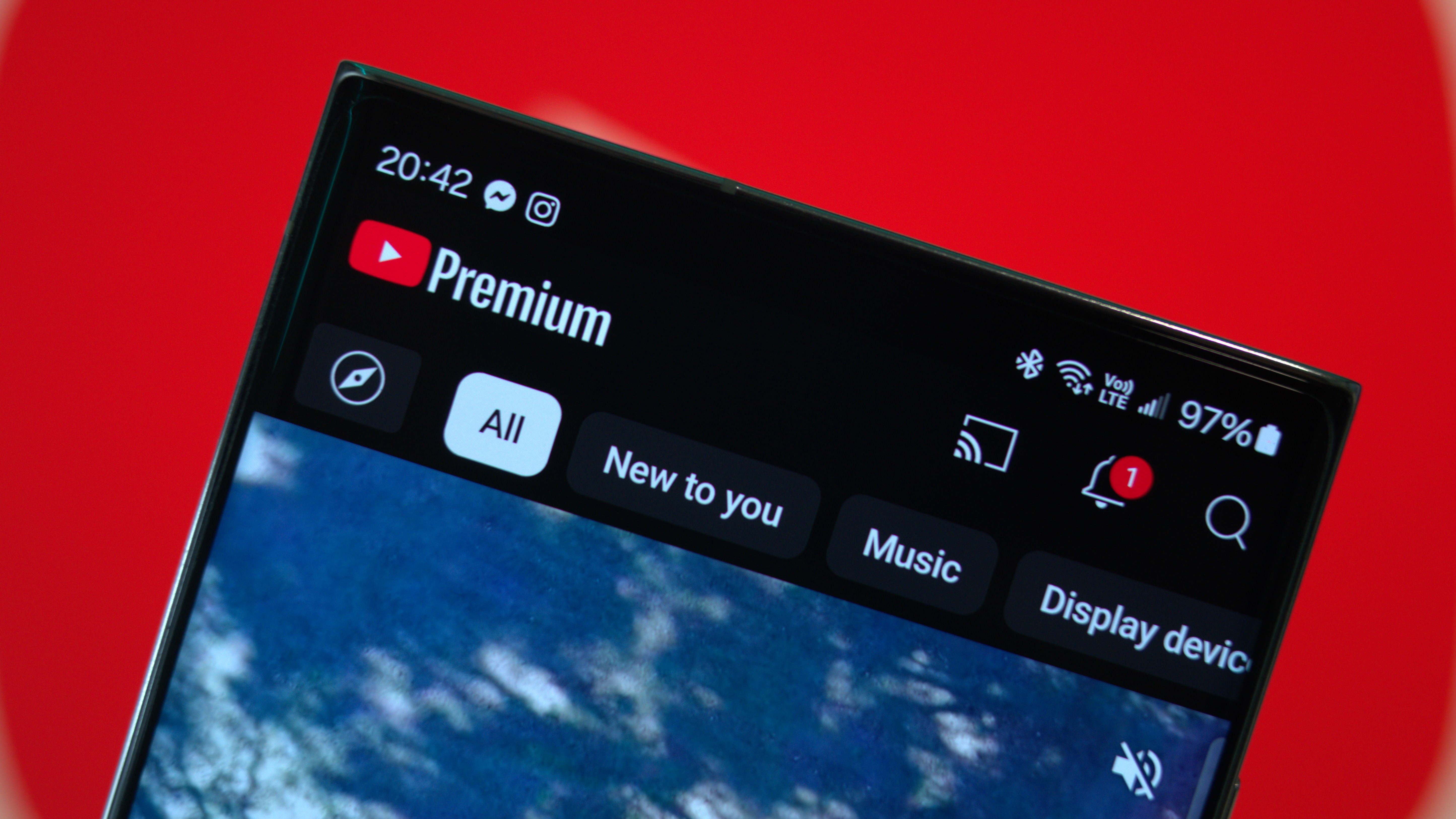Here's why Google gave up the flagship race with the Pixel 5

With today's announcement of its new phones, the Pixel 5 and Pixel 4a 5G, Google has made official what was originally speculated way back in January: These Pixels are different. The combo-breaker of the Pixel 5 and Pixel 4a 5G defies the company's normal "regular plus XL" naming convention, while also being the first flagship Pixels to not use a Snapdragon 800-series chipset.
It's easy to connect the dots and see this change of direction as a direct result of Google's apparent disappointment with Pixel 4 sales. It was reported back in May that Google only shipped around two million Pixel 4s in its first two quarters of availability, and that Google hardware boss Rick Osterloh was disappointed with the phones' performance in key areas like battery life. Nikkei Asia reports that overall Pixel sales in 2019 reached approximately 7.2 million, missing the internal target of 8-10 million despite reasonably strong sales of the Pixel 3a.
While Covid may force Google to ship fewer Pixel 5s, its specs were set long before the pandemic.
The same report outlines Google's more modest expectations for the Pixel 5, due to disruption resulting from Covid-19. Initial Pixel 5 shipments could be as low as 800,000, Nikkei reports, though with some wiggle room if initial demand is stronger.
Considering how long it takes to develop a smartphone from the ground up, the specs of the Pixel 4a 5G and Pixel 5 would've been set in stone long before the current pandemic. So while Covid may have forced Google to ship its new phones in smaller numbers, it will have had no impact on the final form of these handsets. (That said, as AC has reported, it's very likely the two phones were originally intended to ship as Pixel 5 and 5s, before the names were eventually switched around.)
Instead, it was the relative failure of the Pixel 4 (as well as the series' spotty track record in general) which probably forced Google to reexamine its approach to flagship Pixels.
But looking back at the Pixel series' history, Google has always been reluctant to have its phones lean on hardware muscle alone. Sure, they used Snapdragon 800-series processors. But Pixels never really trailblazed in terms of design. They were often underequipped in terms of RAM and internal storage. The displays were never the very best. The charging was never the fastest. And the less said about the battery life, the better.
The cameras were unquestionably great, for sure, but this was because of Google's HDR+ processing and the Pixel Neural Core, not the image sensors or the lenses, which have barely changed throughout the series' lifespan.
Get the latest news from Android Central, your trusted companion in the world of Android
So in a way, switching to the Snapdragon 765G, with its good-enough performance and integrated 5G, is in keeping with Google's pattern of elevating basic phone hardware through software, services and AI. And the resulting phones should make sense at $500 or $600 than the Pixel 4 ever did at $800 or $900.
Trying to compare the relative success of the Pixel 4 and Pixel 5 is going to be largely pointless.
In a group interview following the launch, Google told Android Central that its primary goal with the Pixel 5 was to hit an accessible and mainstream price point, in start contrast to flagship phones from Samsung and even OnePlus this year. At $699, the Pixel 5 may not be the cheapest premium phone Google has ever released, but in 2020 it is a major pivot for any smartphone maker.
Google also told us that the changes it made — opting for a cheaper Snapdragon 765 processor, getting rid of its Soli radar and face unlock sensors and replacing them with a standard rear fingerprint sensor, and sticking with a very mature but much-cheaper camera setup, among other minor things — do not degrade the overall process of using the phone, and that the Pixel 5 is still the fastest Pixel ever from a user experience perspective.
It remains to be seen whether Google's new approach to higher-end smartphones will pay off. Indeed, given the current health and economic situation, it'll probably be impossible to draw any meaningful comparisons between the success of the Pixel 4 and Pixel 5. Who knows how many Pixel 5 phones Google would be able to shift in a world without coronavirus.
The arrival of cheaper top-end Pixels in 2020, however, seems oddly synchronistic. Consumer appetite for top-priced flagships is at an all-time low, and the technology exists to produce really compelling phones for less than half the price of the big-name flagships. Google, with its unique strengths in software, services and AI, clearly believes it can be more competitive in this market segment.
The coincidence of cheaper flagship Pixels launching in the middle of a major global crisis is just that — a coincidence. Nevertheless, the Pixel's change, of course, could give us the perfect Google phones for this weird new decade — even if it does, for the moment, kill off the Android nerd dream of a true, enthusiast-level Pixel.

Don't miss out on the newest Pixel
If you're excited for the Pixel 5, you're in luck. Pre-orders for the phone are available now at major retailers for the price of $699 or $700 depending on where you shop. For that price, the Pixel 5 delivers things like dual cameras, a 90Hz display, a big battery, and more.

Alex was with Android Central for over a decade, producing written and video content for the site, and served as global Executive Editor from 2016 to 2022.
